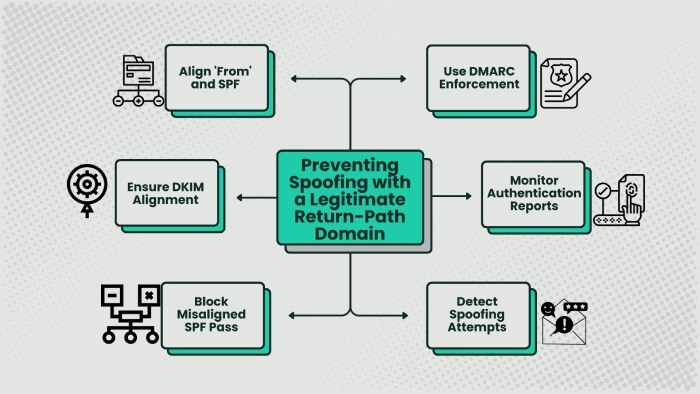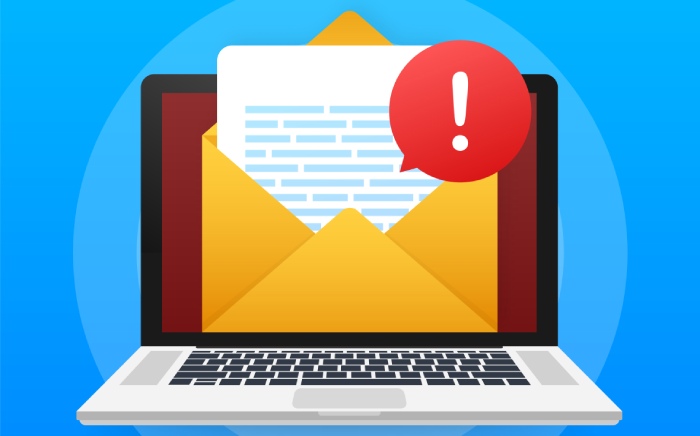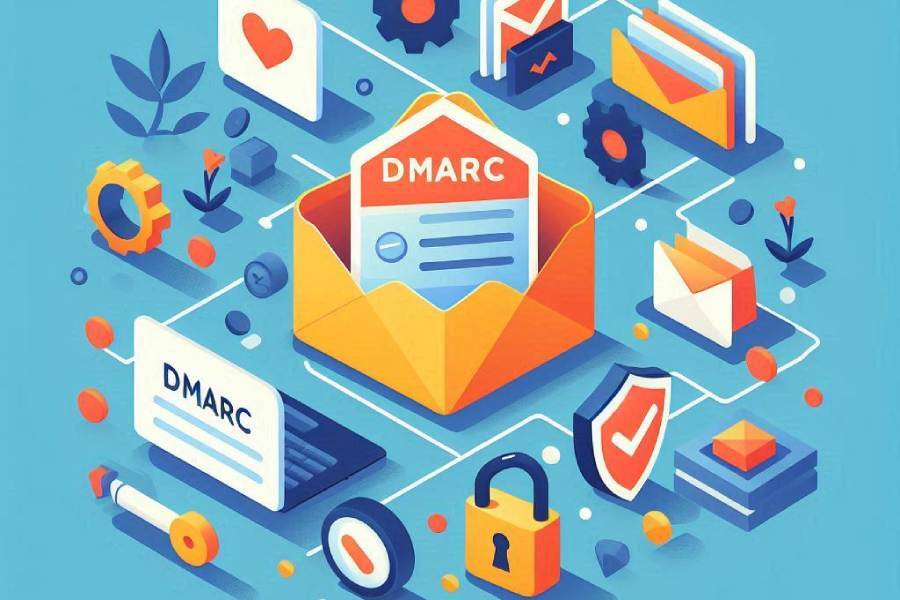How does DMARC compensate for SPF drawbacks?

SPF is a DNS-based email authentication protocol that allows domain owners to specify which email servers are authorized to send emails on behalf of their domain. When an email is received, the recipient’s server checks the SPF record to verify if the sending server’s IP address is authorized.
This process ensures that emails sent by unauthorized servers don’t land in the inboxes of the recipients, protecting them from getting duped. However, SPF has a few drawbacks, which are compensated by DMARC.
Key drawbacks of SPF
1. Forwarding issues
When an email is forwarded, the forwarding server’s IP address becomes the new sending IP. Since this IP is typically not in the original domain’s SPF record, the SPF check will fail.
2. Display name spoofing
SPF only verifies the return-path domain (envelope sender) and does not authenticate the visible ‘From’ address. Attackers can spoof the ‘From’ address to deceive recipients while still passing SPF checks.
3. No visibility into failed attempts
SPF alone does not provide domain owners with reports on failed authentication attempts, leaving them unaware of spoofing attempts.
4. Lack of clear policy enforcement
SPF does not define what action should be taken if an email fails authentication. It only provides a pass or fail result, leaving the handling decision to the recipient’s server.
Key ways DMARC compensates for SPF drawbacks
1. Aligning the ‘From’ address
DMARC requires that the domain in the ‘From’ address aligns with the domain used in SPF or DKIM. This prevents attackers from spoofing the visible ‘From’ address while relying on a legitimate return-path domain to pass SPF.

2. Handling forwarded emails
Since forwarded emails often fail SPF checks, DMARC allows the use of DKIM as an alternative authentication method. If DKIM passes and aligns with the ‘From’ domain, the message can still pass DMARC, even if SPF fails.
3. Policy enforcement

DMARC lets domain owners specify a policy (none, quarantine, or reject) that tells recipients how to handle emails that fail authentication. This provides consistent handling of suspicious messages, reducing the likelihood of spoofed emails reaching inboxes.
4. Reporting and visibility
DMARC generates detailed aggregate and forensic reports, giving domain owners insight into how their domain is being used or abused. By reviewing these reports, domain owners or administrators can learn about illegitimate emails, false positives, and misconfigurations. If these issues are detected and addressed in an early stage, much damage can be mitigated.
Final words
SPF is surely a valuable tool to ensure no ill-intended person sends emails on your behalf and tarnishes your brand reputation. However, it’s insufficient on its own. That’s exactly where DMARC steps in and conceals its weaknesses by enforcing proper alignment, supporting DKIM as an alternative authentication mechanism, providing policy enforcement, and offering insights through RUA and RUF reports.






